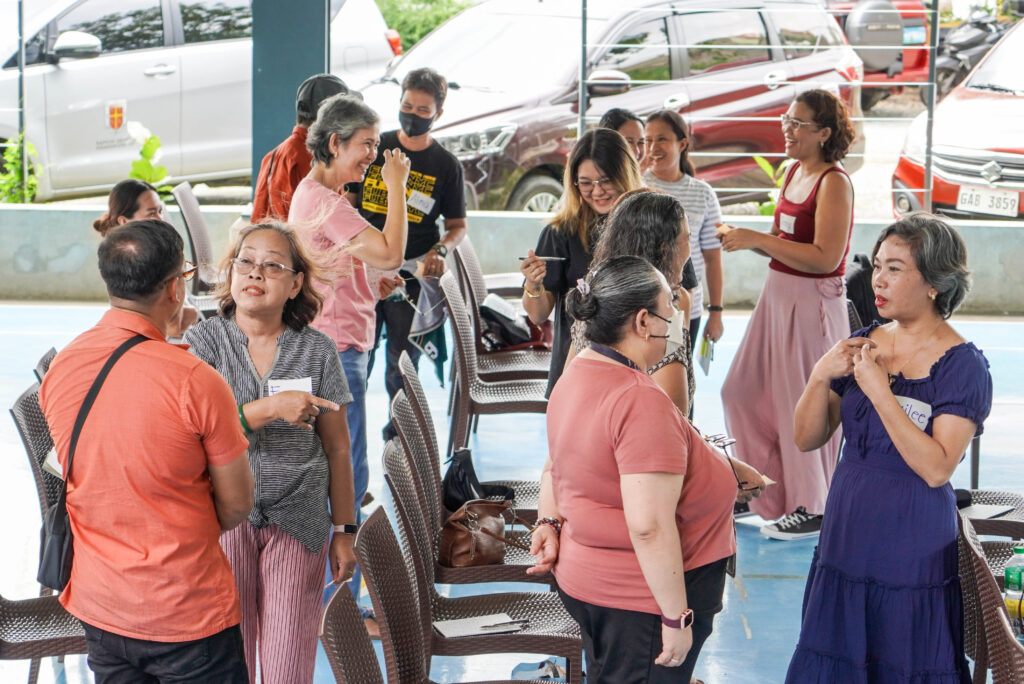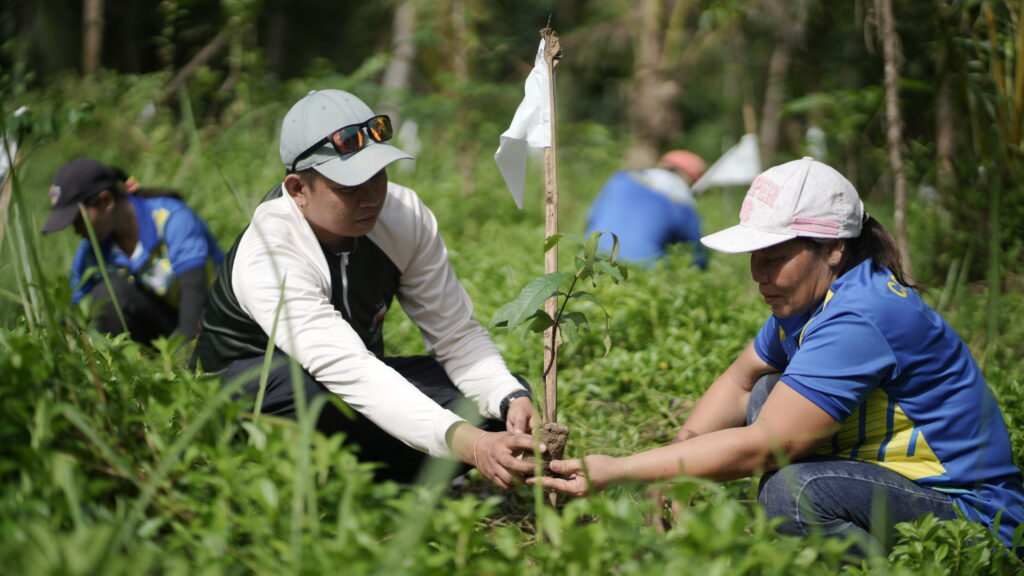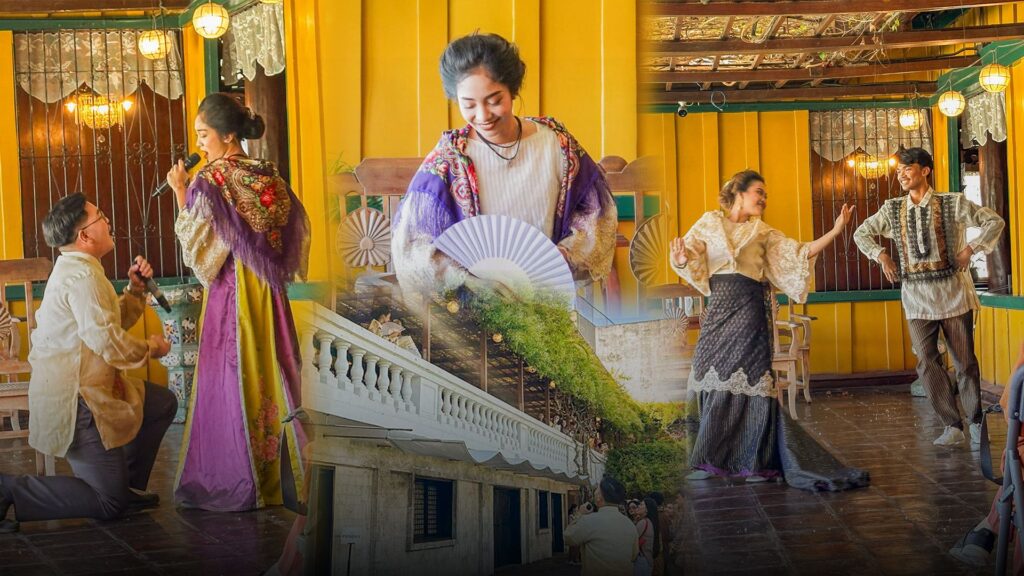
Every February, Casa Gorordo Museum offers a unique, immersive experience that takes visitors back in time to witness how Cebuanos expressed love and courtship in the olden days. The event, Rites of Love showcases the rich cultural traditions of Cebuano romance. Here some courting rituals that they offered during the event:

1. Harana
Harana is perhaps the most well-known Filipino courtship practice. In this tradition, the suitor, often accompanied by friends, sings a love song under the window of the woman he is courting. The lady would then appear, and depending on her feelings, she would either accept the suitor by throwing out the window a white cloth or reject the suitor’s offer of love by throwing water at him. It’s a practice that allows the suitor to express his emotions through music, while the woman has the power to decide her romantic future.
2. Pamisita
Pamisita, another traditional courtship phase, involves the suitor visiting the woman’s home. The suitor is often led to a designated area where he can converse with the lady while being mindful of the household’s decorum. While the couple may be physically close, the matriarch of the house keeps a close watch to ensure that all courtship interactions adhere to proper manners. It’s an experience that highlights the balance between love and respect, as well as the importance of family involvement in Filipino romance.
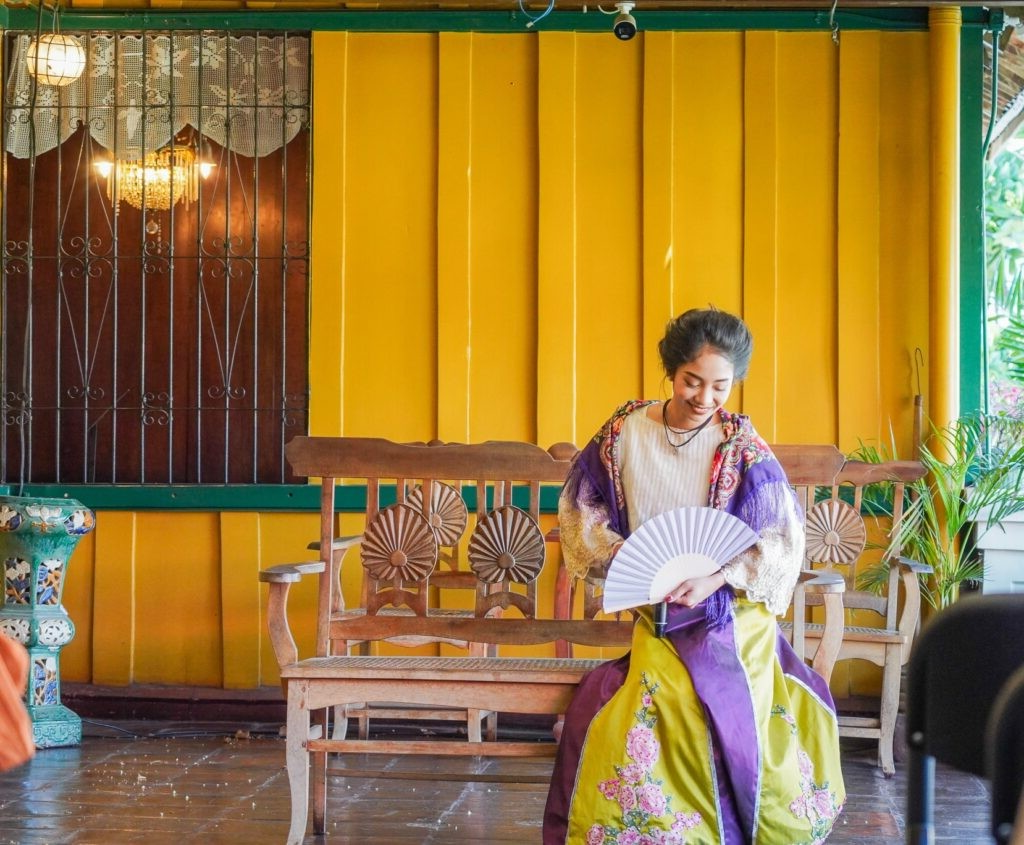
3. Pamalaye
The Visayan counterpart to the popular Filipino tradition of Pamamanhikan is called Pamalaye. In this practice, the groom and his family meet with the bride-to-be’s family, along with their relatives, to formally ask for her hand in marriage. What makes the Visayan Pamalaye unique is the inclusion of poetry delivered by a spokesperson from both parties. This extemporaneous exchange of words adds a poetic and romantic flair compared to a formal meeting.
4. Balitaw
The Balitaw is a traditional form of courtship where a man and a woman engage in an extemporaneous exchange of love verses, accompanied by dance and music. This dynamic ritual involves not only singing but also miming the steps in a dance, which may last for hours. Often, the man and woman will improvise their verses and dance movements, which makes the experience unpredictable and thrilling. The dance is typically performed in traditional attire, such as the balintawak or patadyong, and accompanied by instruments like the bamboo flute (subing), castanets, coconut guitar, and more.
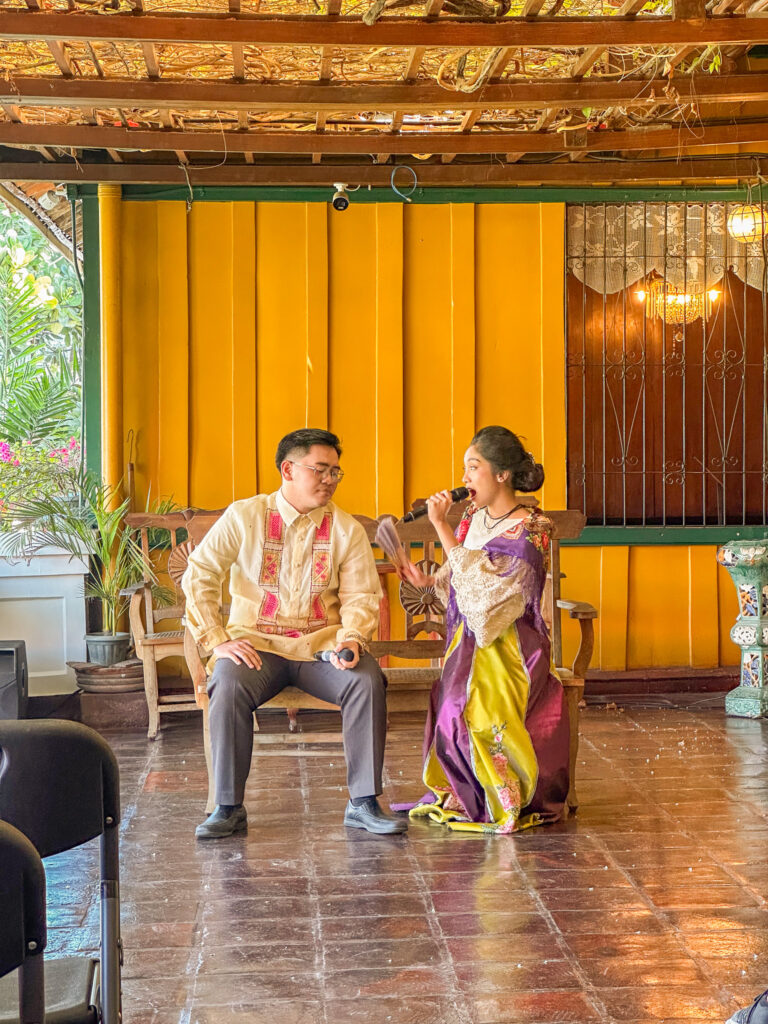
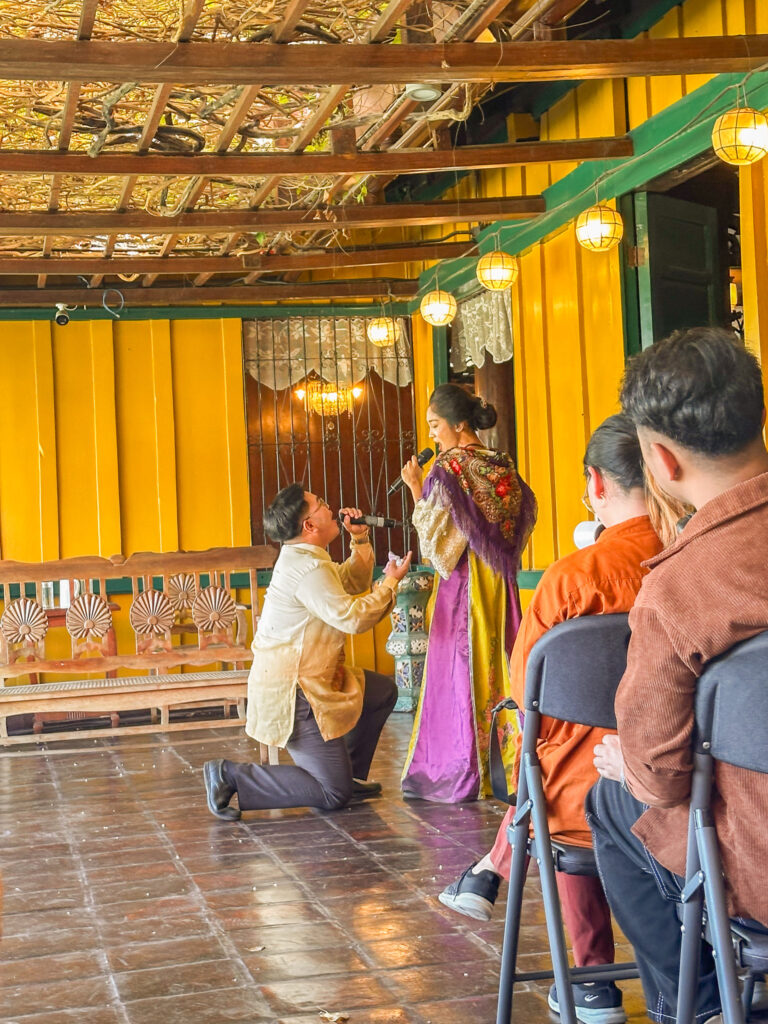
5. Surtido Cebuano
The Surtido Cebuano is a traditional square dance that originated in Bantayan, Cebu. This dance blends Spanish, Mexican, and French influences with indigenous Filipino elements, resulting in a lively and complex performance. Dancers, often in pairs, perform in various quadrille formations under the guidance of the cabeceras (head dancers). It was historically performed by a large group and set to beautiful Visayan folk music. This dance is a colorful and energetic display of both Filipino culture and the community’s role in courtship and celebration.
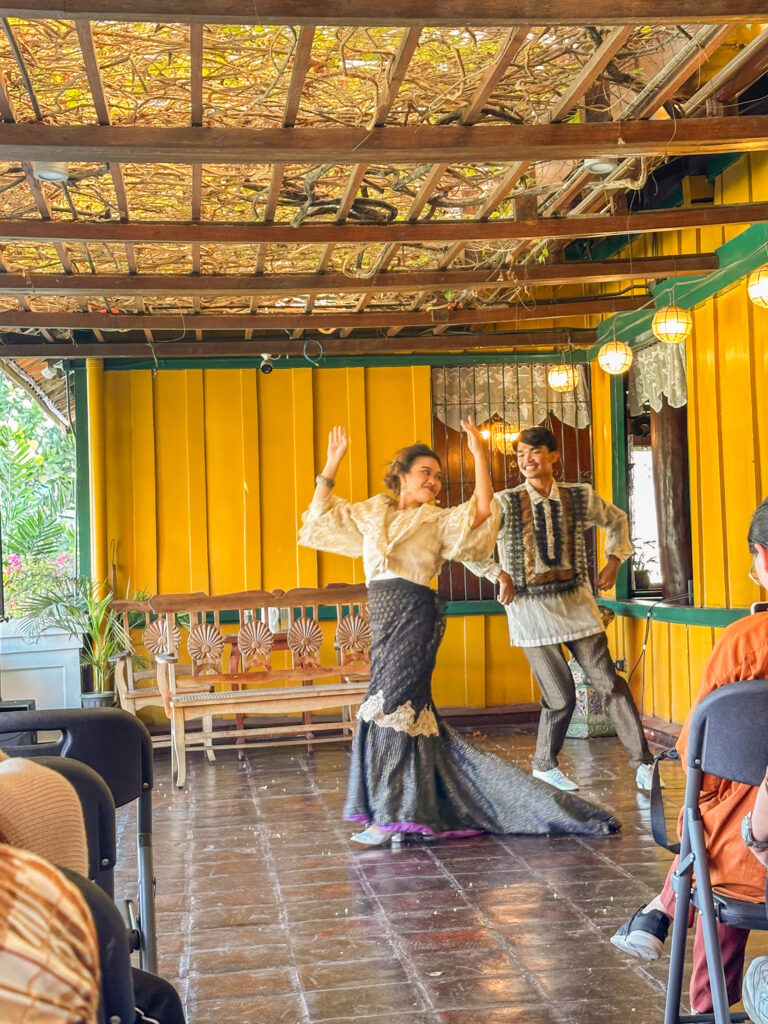

These traditional Cebuano courtship rituals offer a regional take into the history of love and relationships in the Philippines. Casa Gorordo Museum as an advocate of local culture and heritage brings these practices to life, allowing visitors to not only learn about but also experience them in a fun and engaging way. Whether you’re a culture enthusiast, a student, or simply someone interested in the romantic traditions of the past, a visit to Casa Gorordo is an experience that transports you to a time when love was expressed through song, dance, and poetry.
